Before you take the final plunge and print your children's book for self-publishing, you may wonder what are your chances of getting a good return on your investment? That's the question we answer here.
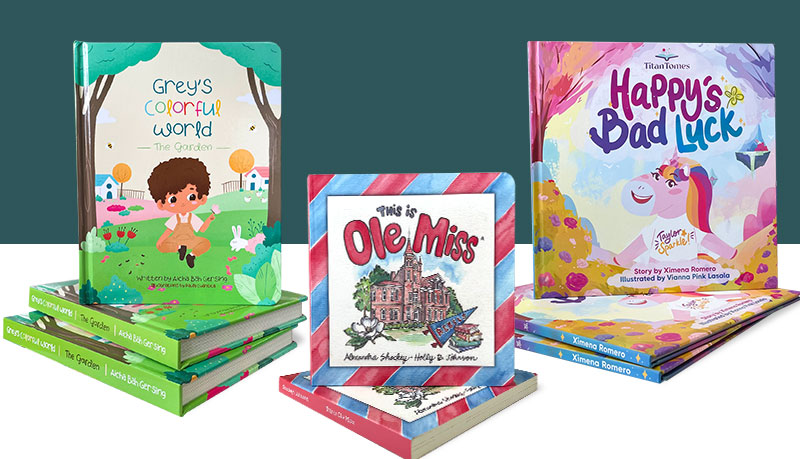
Let's be honest at the outset: writing, designing, and selling children's books isn't an effortless task. Writing well for children is more difficult than writing well for adults. Much children's writing also needs first-class artwork to accompany it. Many times, depending on the age group, the artwork is central, and it's the text that plays a secondary role. But even if the text plays a secondary role, it must be perfect in its economy and clarity of expression. Also, there's a much wider range of formats from which to choose and which you need to get right both for your target readership and for your content. Board books, pop-up books, picture books, activity books, chapter books, and perfect bound novels are all options.
And then there's publishing. For most genres of children's books, the “cheap and easy” routes such as Amazon KDP or the other “print on demand” services like Lulu and Ingram Spark, don't offer the range of paper types, printing options, and binding solutions you'll need as a children's author. So, you'll need to invest in traditional offset printing services. And marketing children's books is a topic in itself as few children, especially in the younger age groups, buy their own books. It's parents, teachers, and librarians who acquire books for them. But can you make money self-publishing children's books?
Yes, you can. We're not here to put you off! Just walk into any high street bookstore and you'll see that thousands of new children's titles are published every year. So, it can be done! In the early days of self-publishing, most entrepreneurial writers were of the opinion that you couldn't make a success of self-publishing as a children's writer. But history has proved them wrong. Popular children's authors such as Hannah Holt, Ronnie Sydney, Karen Inglis, Darcy Pattison, and many more have all built full-time careers as self-published children's writers. Darcy Pattison has published over 60 books and now earns a six-figure income. They've all answered whether you can make money by self-publishing juvenile fiction with a resounding yes.
As the world of publishing develops, more and more children's authors and author-illustrators are turning to self-publishing as an increasingly viable option. This is particularly true in the realm of children's picture books, board books and pop-up books, where enthusiastic and creative authors with a professional approach are finding success in developing their own stories and reaching young readers via astute marketing to parents, schools, libraries, bookstores, and kid's clubs. In this post, we'll focus on the potential profitability of self-publishing children's books, and, drawing on almost 30 years of experience—and counting—helping independent writers find success, we'll provide you with valuable insights on how to navigate this competitive market.
Understanding the profitability of self-publishing
Self-publishing offers you, as an aspiring children's author, or an established children's author looking to claim more autonomy over your publishing output, the opportunity to control your creative process, set your own prices, and keep a larger share of the potential profits which accrue from the sales of your books. While it may not guarantee instant success—unknown authors should expect to spend at least a year publishing and have issued half a dozen titles before they see a significant profit—it provides a platform for enthusiastic professionals to build a sustainable career. However, it is essential to understand the factors that influence profitability in this industry. We can sum these up:
- Writing a good story
- Targeting the market
- Getting the artwork right
- Building a platform
- Growing your network
- Persistence and frequency
- Lateral thinking and secondary income streams
- Running your business
In the rest of this post, we'll unpack each of these aspects in more detail. The last one deserves to be emphasized at the start. When you turn to self-publishing, you stop being an author alone and become an independent business. The keystone of your success and the answer to whether you can make money selling children's books will largely depend on how successful of a business person you can be.
Write a superb story tailored to the market
Writing children's books requires a deep understanding of your target readership and the ability to craft stories that inform, entertain, and engage with young readers. If you don't read children's literature and enjoy it, you'll find it an almost impossible task to write it well. At the very least, do your market research, reading and analyzing as many children's books as you can that are aimed at the age of the children for whom you wish to write and in the same genre. Make notes on everything from the topic, number of characters, storyline, emotional tone, word count, sentence length, vocabulary used, the balance of narration to dialogue, illustrations, and layout. Then, when you come to plan your own book, make sure that it fits well with the successful books already published. Once you've written and revised it, get a professional editor to read it and give you feedback before you work up a final draft. In short, you need to have an excellent, age-appropriate story, beautifully crafted and well told. With that in place, everything else becomes possible with patience and hard work. Without it, no matter how smart your marketing and promotion skills, your book will be dead in the water. So, write the best book you can. That's the first essential step.
Artwork in children's books
Children's picture books rely heavily on illustrations to bring the story to life. Board books and pop-up books have wrapped around full-color illustrations throughout. Even chapter books and early teen novels have a smattering of illustrations. Many children's writers who target the younger reader groups are also talented artists and create text and illustrations concurrently. Others write the text and then collaborate with an independent artist and a designer to create the visuals and organize the book's layout.
If you're not an artist, then collaborating with a talented illustrator is essential for creating visually appealing and captivating artwork. Investing in high-quality illustrations elevates the overall quality of the book and increases its marketability. Once again, you'll need to study with care the kinds of illustrations in successfully published books in the same genre and age bracket as yours. Elsewhere on the blog, we have an in-depth post that will teach you everything you need to know to find an illustrator for your children's book. You can read it here.
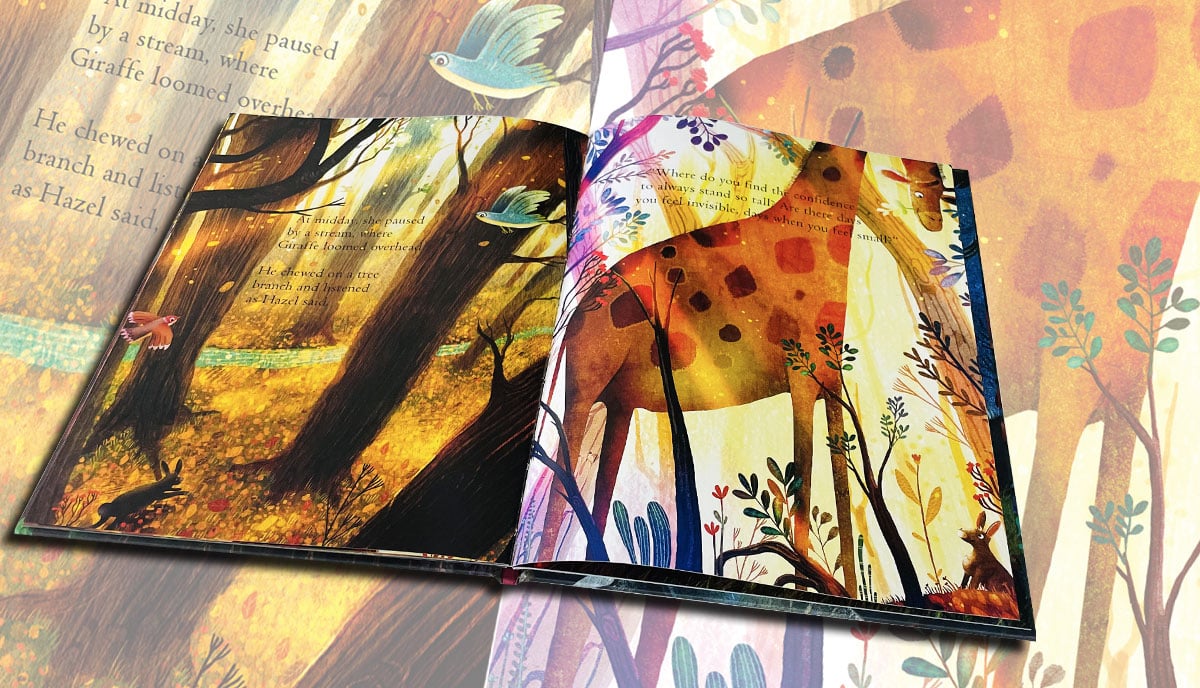
A quick word of warning here: don't think you can “get away” with drumming up AI-generated illustrations for your book because it's “just for kids”. First up, AI imagery is almost instantly recognizable for what it is and doesn't inspire confidence in a potential buyer. It communicates a message that the author—you!—is lazy and careless and not honestly invested in the education and entertainment of young people. Secondly, just as writing for children is way harder than writing for adults, so creating artwork for them is a special and unique skill that no AI we've ever heard of can yet replace.
Make the art yourself. And if you don't have the skills to do that, collaborate with a professional artist who does. With children's literature, there's no room for shortcuts. You'll just be wasting your time and money if your try. Do the work. Put in the love. The rewards will follow.
Build an author platform and marketing strategy
To succeed in self-publishing, you must actively promote your work and connect with your target audience. As a children's author, you'll be selling your books to parents, teachers, and librarians. A “platform” simply means an online presence where people can find your books, discover more about you as a writer, and validate your credibility. Building an author platform through writing a blog, being active on social media, and growing your email list is essential to increase visibility and attract potential book buyers. You can do a lot of promotion offline, too: book signings, school visits, library presentations, and virtual meetups and discussions on platforms like Zoom, Skype, and Google Meets, is also a powerful approach to driving sales and establishing a strong customer base.
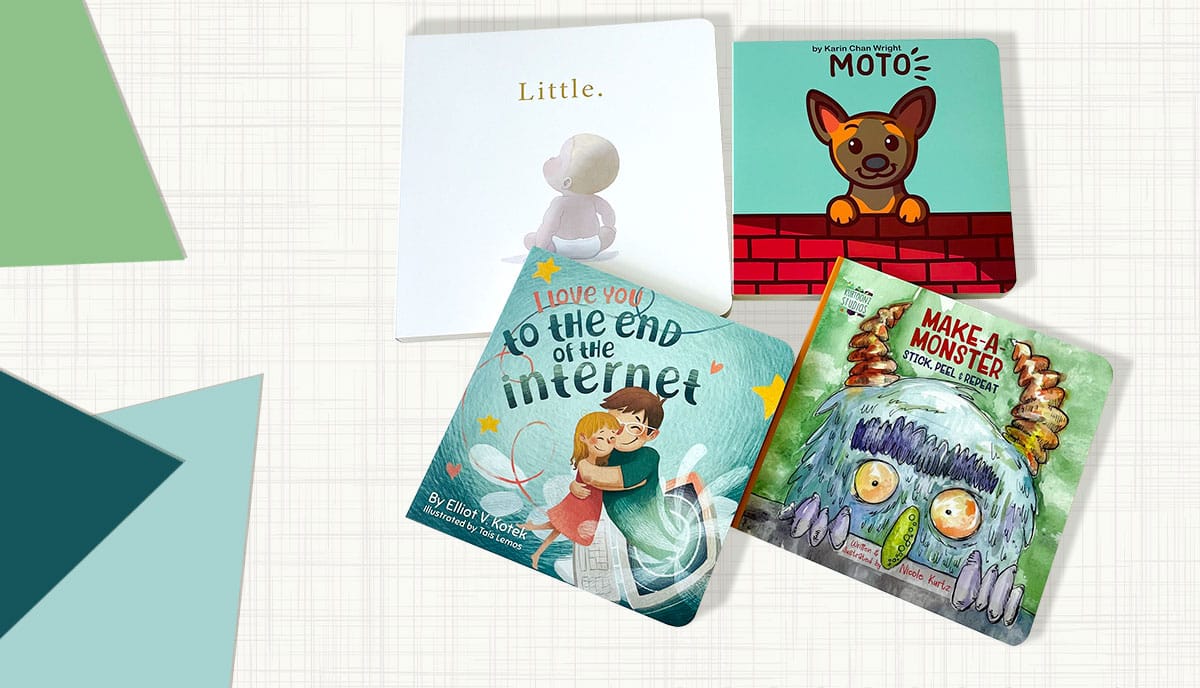
Build your network
Collaboration and support from fellow authors, illustrators, your printer, librarians, schools, colleges, parent associations and more can be invaluable in the children's book industry. Building a network of like-minded professionals allows for knowledge-sharing, joint marketing efforts, and creative collaborations. Being an active participant in the lives and activities of your core demographic is also beneficial and lends you esteem and credibility as an author.
Taking part in workshops, conferences, and online communities, including forums, subreddits, Facebook groups and so on, provides opportunities for learning, growth, and staying updated on industry trends as well as providing more opportunities to add people to your email list. You should write a regular newsletter—monthly or quarterly are good frequencies—in which you can address questions and problems common to your target group, share aspects of your writing process, announce new book releases, and build an engaged community of people eager to buy your books.
Persistence and perseverance
Becoming a successful children's book author requires persistence and perseverance. It takes time to establish yourself in the industry and build a loyal readership. Visibility comes with time, too, especially in the online marketplaces where reviews and rankings are so important. It's extremely rare to make any money with only one book. Most self-published authors publish at least three, five, or even seven books before they see a reliable return on their investment. We can't over-emphasize this point. Do you remember that we mentioned Darcy Pattison? She's an indie children's author who has won multiple literary and educational awards for her books. But she didn't rocketship to the stars with her first publication. She worked hard, made mistakes, kept learning and trying new things. But now, with over 60 bestselling books under her belt, she's one of the most respected and renowned independent children's authors in America today.
Darcy, along with every other successful indie kid's writer, knows that it takes several years and constant productivity to break out. But you need to start somewhere. And if you don't start, you ain't going nowhere. Embracing failure, trying new ideas, writing and publishing a lot, and learning from your mistakes are all important parts of the journey. There's only one certain way to fail, and that's giving up! So, if you've never written or published a children's book before, we strongly encourage you to regard this as your first children's book. The first of many. A one-rung ladder won't get you very high, but with persistence, each book is another rung on the ladder to success.
Lateral thinking and secondary income streams
To fully answer the question, “Can you make money self-publishing children's books?” may also require a little lateral thinking. Many successful children's book authors—whether traditionally published or self-published—make additional income through offering workshops and Q&A sessions to schools and libraries. They also do readings and discussions and can increase their profitability by exploring these revenue streams that go beyond book sales. If you can develop a teacher's resource pack with educational activities related to your books, that's an excellent option.
Running your business
To succeed as an enthusiastic professional in self-publishing children's books, you need to strike a balance between creativity and business acumen. Because you're not just a writer once you opt to self-publish. You're a small business owner and you'll need to handle market research, consumer outreach, marketing and promotion, sales and returns, taxes and contributions, your pension, and all the rest. Nurturing the creative process is essential for producing high-quality content, but understanding the business side of self-publishing is essential for maximizing profitability. Invest time in learning about marketing, pricing strategies, and industry trends to make informed decisions and keep growing your business into the future.
In conclusion, self-publishing children's books offers you a viable opportunity to turn your passion into a profitable career. By writing engaging stories, investing in high-quality artwork, building a strong author platform, and embracing the challenges of the industry, you can increase your chances of success. Balancing creativity with business savvy, exploring different publishing avenues, and fostering a supportive network are essential steps toward achieving profitability and making a lasting impact in the world of children's literature.
Talk to us!
Here at QinPrinting we work with children's authors, illustrators, and independent creatives of every stripe—several famous, others as yet unknown—every day. We're as passionate about people as we are about printing and we care about all our clients regardless of the stage they're at on their literary journey. We're proud of our continued global reputation not only for the quality of our printing services, but for our commitment to personalized, genuine customer care. We believe it's what really sets us apart; and keeps our happy customers coming back to us every time.
When you've written your children's book and you're ready to get to work on preparing the print files for your publishing plan, talk to us first. We have the latest state-of-the-art technology at our fingertips, a knowledgeable team of experts eager to help you, and a worldwide reputation for excellence. Let's talk!
Shoot us an email to [email protected] or call us at +1 951 866 3971 and we'll be delighted to discuss your needs.





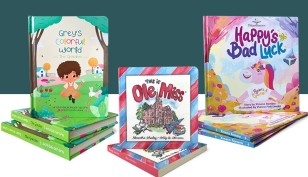
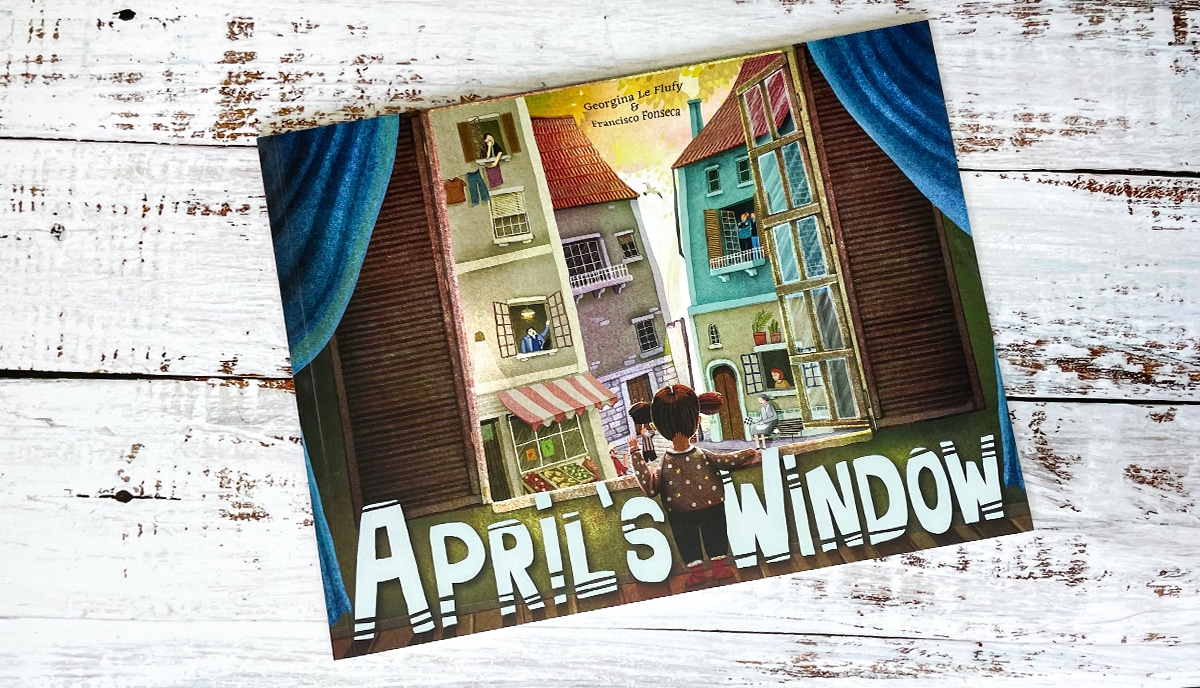
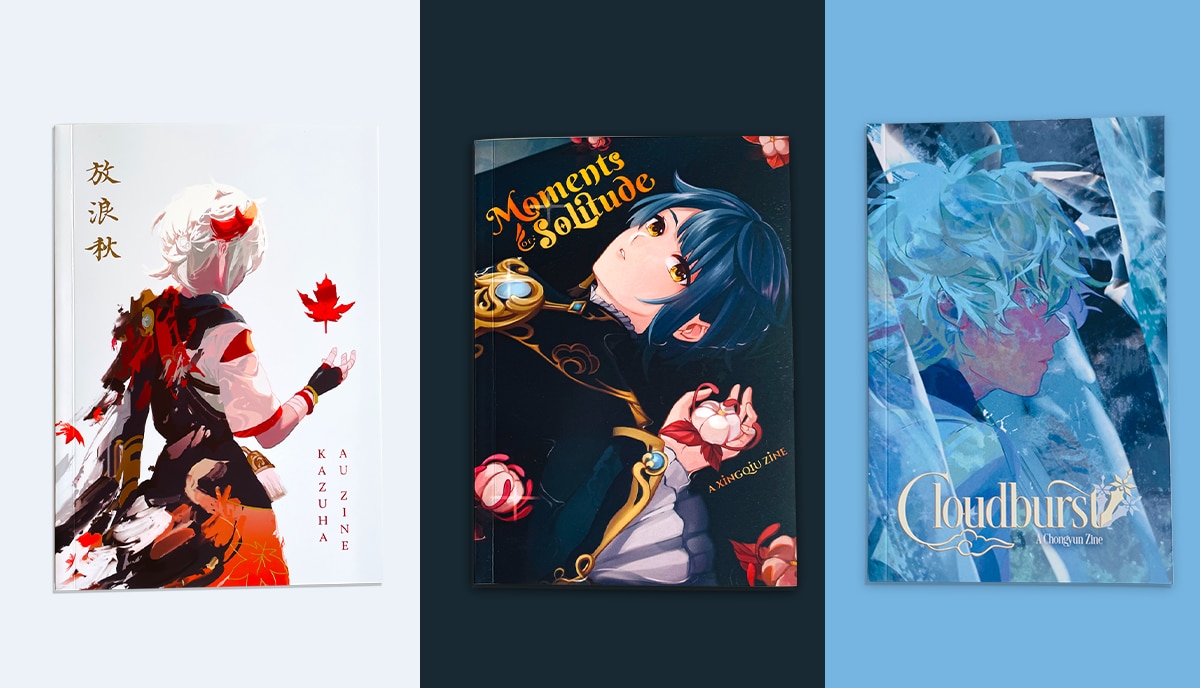

My name is Asma I am a housewife I want to write short stories for children Music that children like so that In this way children feel good and after listening to the story children Storytelling focuses the mind so that children can One who enjoys telling a story can also ask a question. The story should be present so that whoever listens to the story enjoys it and can learn from it. can
Hi Asma,
Thanks for reaching out! It sounds like you have a good understanding of children's needs when it comes to storytelling. When your book is complete and formatted ready for printing, send us an email at [email protected] and we'll take it from there. All the best with your project!